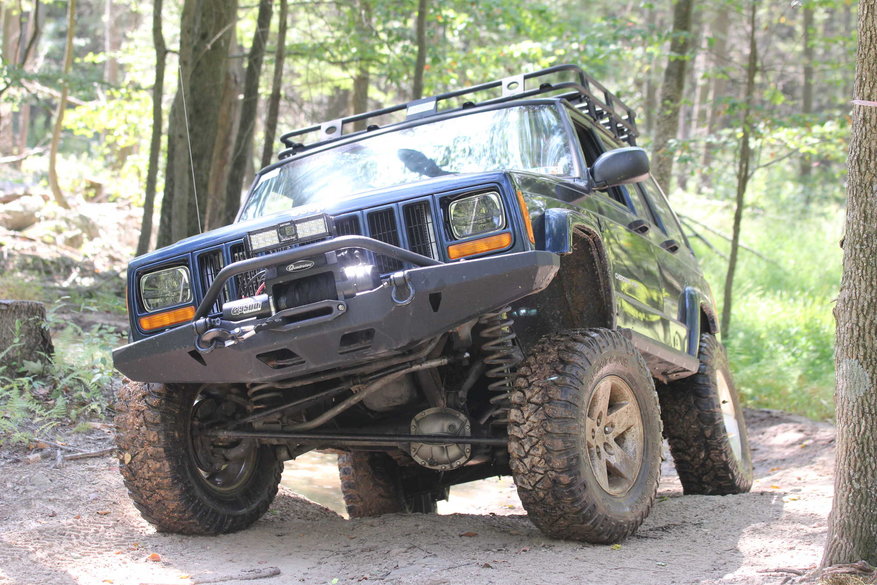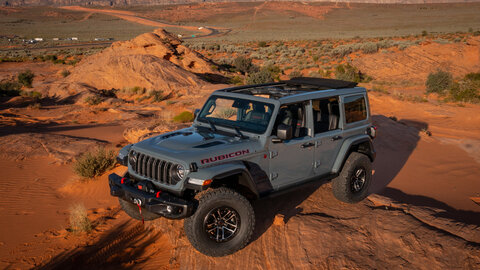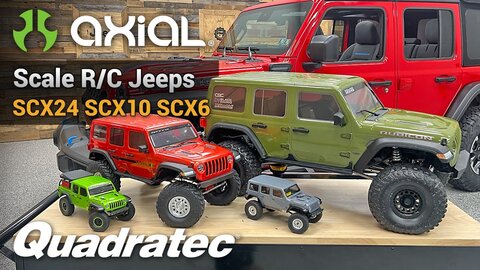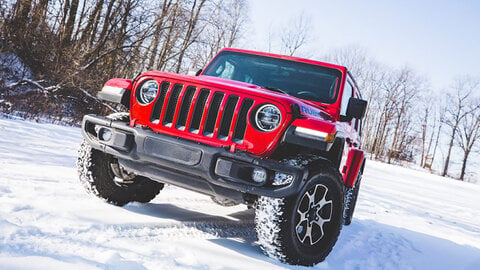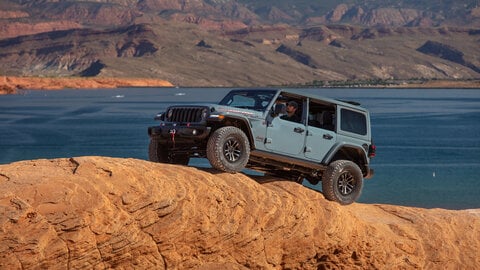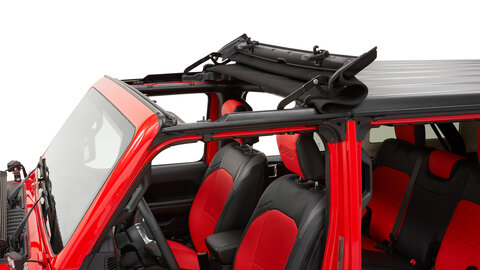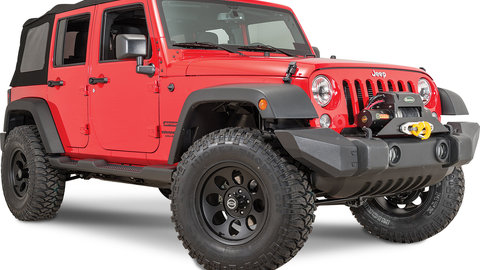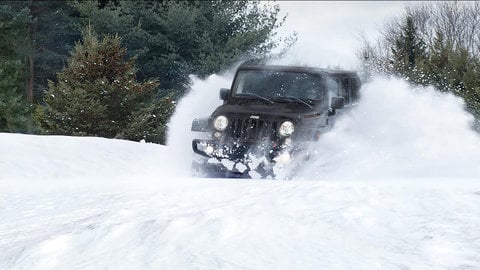by Josh Wayman
Torque Staff Writer
This is part three of three. Part one featured the XJ's birth. Part two went over it's life.
---
Despite the Cherokee XJ’s monumental success, as well as the Jeep brand as a whole, Chrysler once again found itself in dire financial straits by the end of the 1990s. In an effort to save the company, then Chairman and CEO Bob Eaton orchestrated a “merger of equals” with German automaker Daimler-Benz AG. On May 7, 1998, the merger passed and DaimlerChrysler was formed.
However, Eaton and the rest of Chrysler quickly discovered this merger wasn’t the perfect financial lifeboat. Instead, it turned into an overall takeover by the Germans. Daimler-Benz’s promises of automotive collaborations and shared resources never came to fruition for Chrysler, and a defeated Bob Eaton soon retired in early 2000.
The true nature of the merger materialized shortly after his retirement when a Financial Times interview with DaimlerChrysler AG Chairman Jüergen E. Schremp revealed the supposed “merger of equals” was only framed as such “for psychological reasons,” a move to most likely to lessen the concerns of Chrysler executives and wary union leaders fearing layoffs.
Schrempp was also quoted describing Chrysler as a “division of Daimler,” though he later claimed his comments were wildly misconstrued by the Financial Times.
Schrempp soon after appointed his protégé Wolfgang Bernhard as President and COO of the Chrysler Division. Having earned a reputation in the automotive industry as a financial hatchet man prone to make ruthless economic cutbacks to improve profits, Bernhard was the embodiment of what many Chrysler workers feared. He was also responsible for ending Cherokee XJ production.
Additionally, in an effort to appeal to a broader market, Bernhard sought to shift Jeep’s brand and vehicle design away from that iconic “Go Anywhere, Do Anything” mentality — instead focusing on offering Jeeps that were more comfortable on the road.
His thoughts on the XJ? Well, Bernhard considered it to be “an aging, somewhat bland SUV.” He soon replaced it with the Liberty KJ that struggled to find an audience.
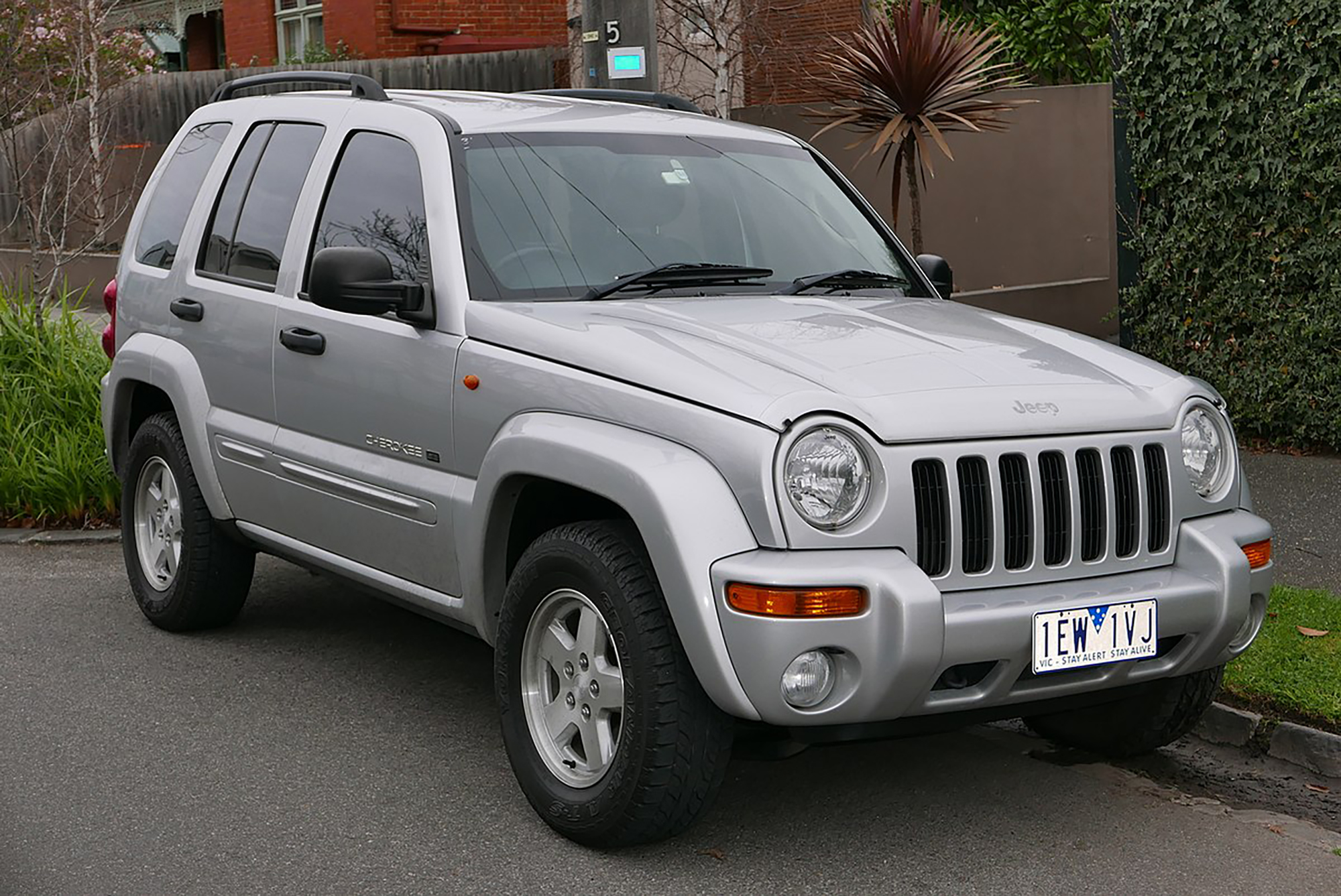
Fans of the XJ, myself included, can’t disagree strongly enough with Bernhard’s comments and the XJ’s final production years went out mostly on a high.
From 1996 until production ceased, the XJ boasted 190 horsepower and included a 60th Anniversary Edition that was produced for its final 2001 model year — available in black or silver.
The old workhouse AMC 4.0 inline-six was slightly modified for the 2000 model year to accommodate stricter emissions standards and was designated with a '0331' casting number. Unfortunately, early '0331' heads were prone to crack and which sometimes resulted in coolant and oil mixing, though this issue was addressed about halfway through that same model year.
Having been the XJ’s premier powerplant from 1987 until 2001, the 4.0-liter actually managed to outlast the XJ by a few more years by jumping into Jeep Wrangler TJ editions until that model ended its lifespan in 2006.
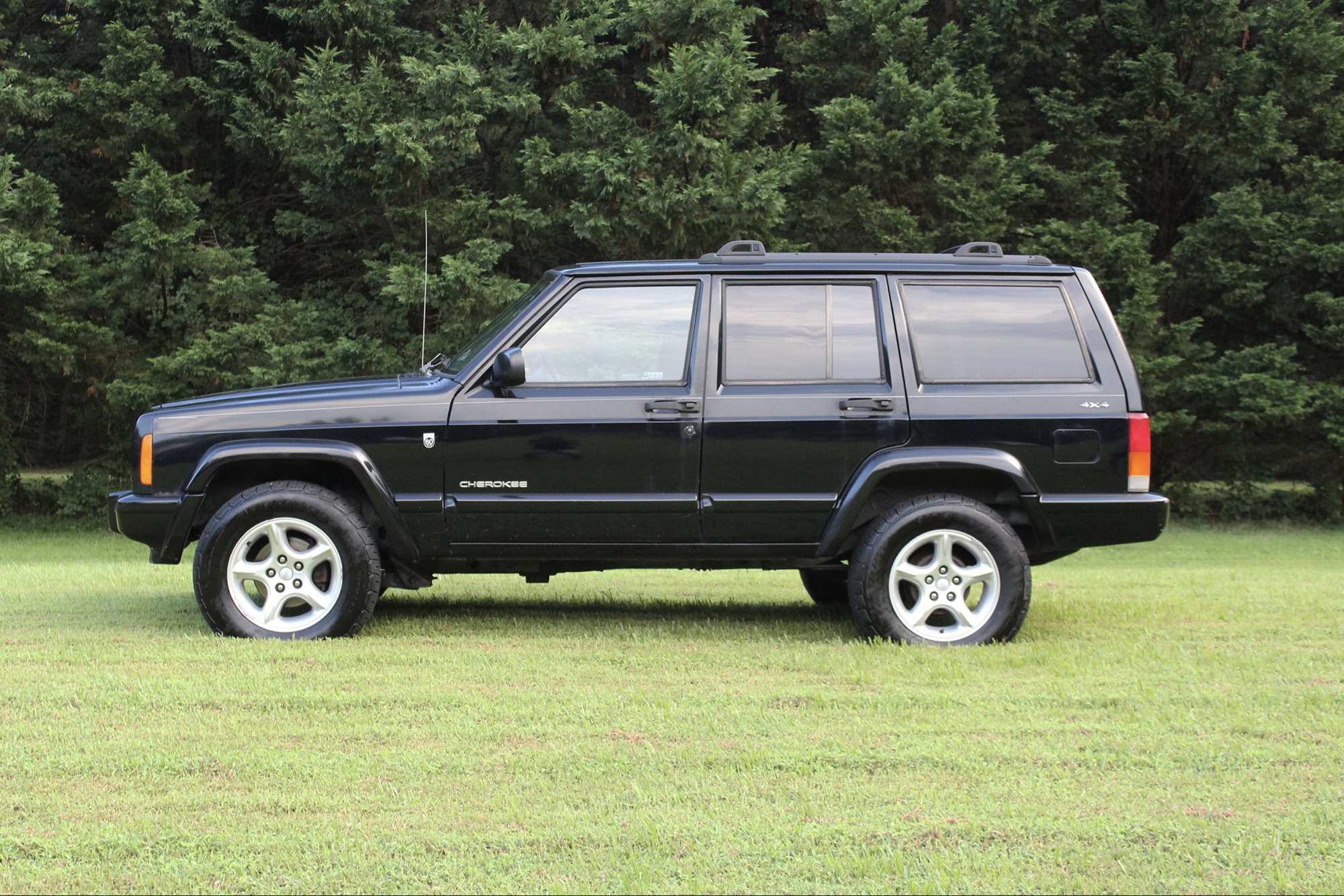
This engine, however, was simply something that would not have been allowed to live on as emissions regulations in the United States grew ever stricter. The AMC 4.0-liter’s reliability and simplicity are major factors why so many XJ’s are still running strong. With some design aspects dating all the way back to the late 1960s, it was simply an engine of a different era and XJ fans are lucky it was able to elude the regulatory powers that be for as long as it did.
So where does that leave the Jeep XJ Cherokee these days, now that two decades have passed since the end of its production run?
Well, you don’t have to be a sharp-eyed car enthusiast or even a fan of Jeeps to see these vehicles are far from dead. While other mass-produced vehicles from the ‘80s and ‘90s have faded away, there are still hundreds of thousands of XJ’s on the road today. I struggle to walk in my neighborhood or drive to work without seeing at least one other XJ.
In its original, all-capable spirit, today’s XJ vehicles are used for all sorts of purposes and by all kinds of people.
There are owners, like me, who use it as a daily driver. Some are off-roaders who modify their XJ beyond recognition and use specifically as trail rigs and rock climbers. For others, their XJ is a weekend project car or even a work truck. Many even turn their Cherokees into capable overlanding rigs or beach cruisers.
And while you could find a good condition XJ for a few thousand dollars on Craigslist not that long ago, the automotive world has taken note of what the XJ offers and its value has skyrocketed.
Hagerty recently listed the XJ as one of five cars that have continuously appreciated in value year after year longer than any others. In fact, these days, clean, low-mileage XJ’s frequently fetch over $25,000 on automotive auction sites, and one 2001 XJ with only 5,000 miles on the odometer sold for $42,000 just a year ago.
But unlike other late 20th century vehicles that have recently skyrocketed in value, there are still plenty of XJs on the road today being used and abused, and daily driven into the ground by folks who aren’t auto enthusiasts or who don’t practice routine maintenance. Some are driven hard enough to be launched airborne, and some peculiar folks will occasionally convert their XJ into a convertible.
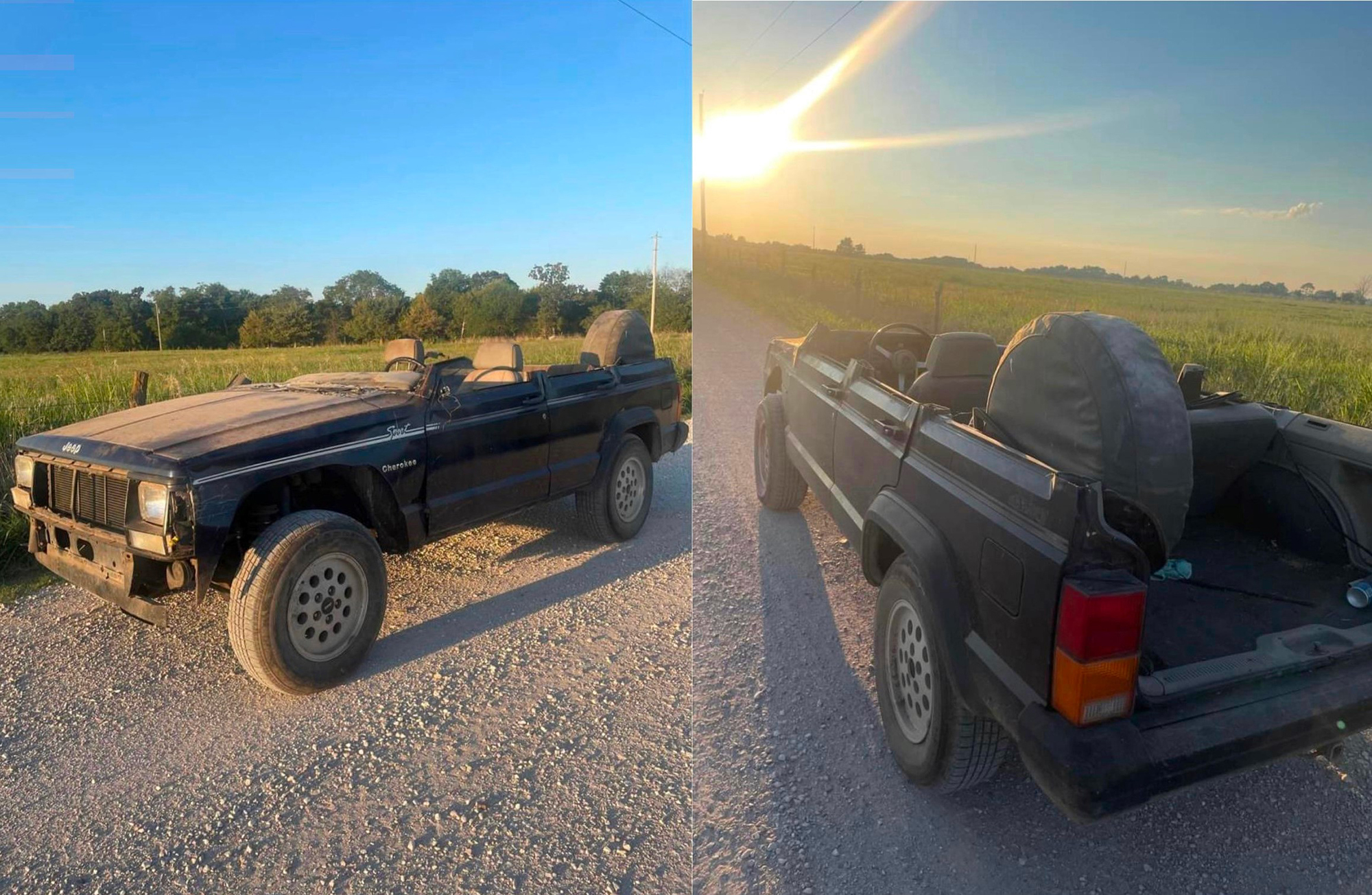
Once in a while, an XJ even manages to cross the half-million-mile mark. And, of course, there are many using their Cherokee XJ for its true purpose as an off-roading vehicle and pushing their rig to its limit.
Now, over two decades after the last new XJ rolled off the factory line, these magnificent machines still live up to their original purpose of serving as a vehicle capable of accommodating anybody. For any purpose. In any environment. Perhaps I’m a bit biased, but I struggle to think of another automobile that can say the same.
Though it would be impossible with today’s stricter safety and emissions regulations, most XJ fans sincerely wish production never ceased. However, it is nothing short of an automotive miracle that the XJ was in production for as long as it was, and furthermore, only underwent relatively minor changes from 1984 until 2001.
Still, Jeep enthusiasts these days are left to wonder what the XJ would look like now if it was still rolling off its Toledo, Ohio factory production line each day. Or, better yet, what would the XJ’s successor look like if 1980s AMC and Renault engineers had a chance to redesign instead of falling to Bernhard’s vision.
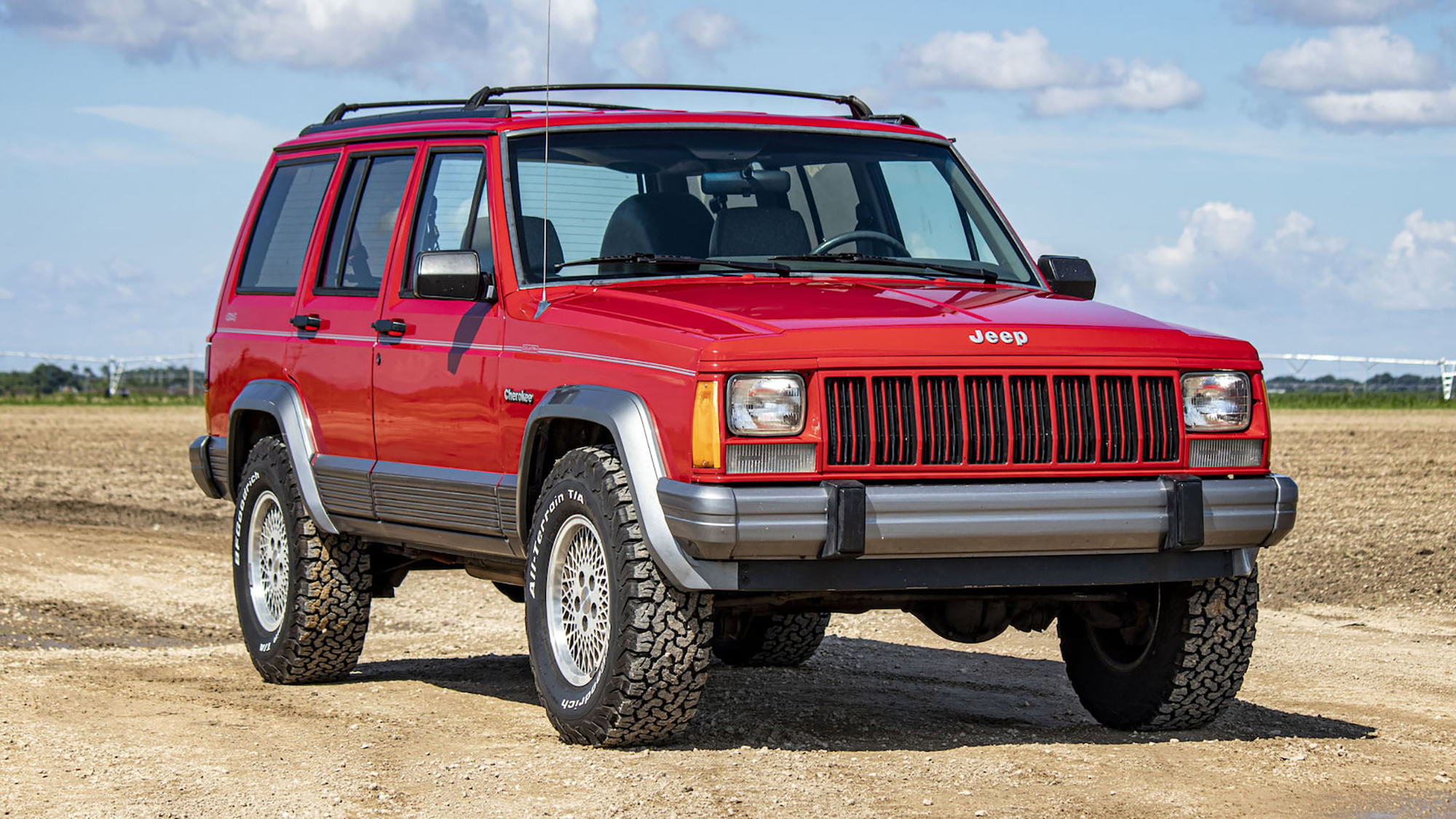
Sadly, while many surviving XJs are still going strong, there will eventually come a time when owners can no longer find, afford, or source the parts. So be sure to enjoy your XJ while it lasts, and if you’re lucky enough to own one now or in the future, do your best to treat it well.
Who knows, if you baby that 4.0 just right, you may even make it to a half million miles. Or more.
Related Articles:
History of the Cherokee XJ - Part One












